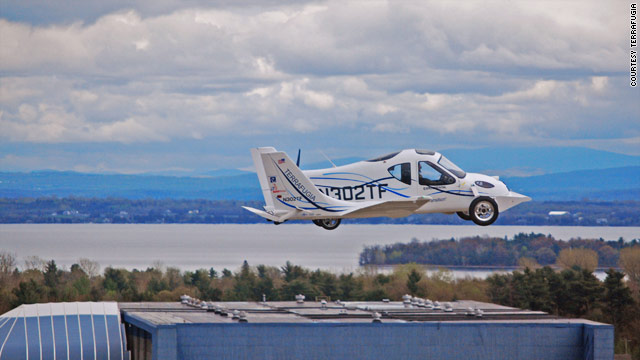Saturday, July 24, 2010
Thursday, July 15, 2010
How the Old Spice Videos Are Being Made
 How do you take the social web by storm in a day, winning over even the coldest of hearts and gaining international acclaim - with commercials?
How do you take the social web by storm in a day, winning over even the coldest of hearts and gaining international acclaim - with commercials?
A team of creatives, tech geeks, marketers and writers gathered in an undisclosed location in Portland, Oregon yesterday and produced 87 short comedic YouTube videos about Old Spice. In real time. They leveraged Twitter, Facebook, Reddit and blogs. They dared to touch the wild beasts of 4chan and they lived to tell the tale. Even 4chan loved it. Everybody loved it; those videos and 74 more made so far today have now been viewed more than 4 million times and counting. The team worked for 11 hours yesterday to make 87 short videos, that's just over 7 minutes per video, not accounting for any breaks taken. Then they woke up this morning and they are still making more videos right now. Here's how it's going down.
Wednesday, July 14, 2010
The Vaccine That Came In From the Cold
RIAA paid its lawyers more than $16,000,000 in 2008 to recover only $391,000
Monday, July 12, 2010
Sir, Your Liver Is Ready: Behind the Scenes of Bioprinting

Say goodbye to donor lists and organ shortages. A biotech firm has created a printer that prints veins using a patients’ own cells. The device could potentially create whole organs in the future.
“Right now we’re really good at printing blood vessels,” says Ben Shepherd, senior research scientist at regenerative-medicine company Organovo. “We printed 10 this week. We’re still learning how to best condition them to be good, strong blood vessels.”
Most organs in the body are filled with veins, so the ability to print vascular tissue is a critical building block for complete organs. The printed veins are about to start testing in animal trials, and eventually go through human clinical trials. If all goes well, in a few years you may be able to replace a vein that has deteriorated (due to frequent injections of chemo treatment, for example) with custom-printed tissue grown from your own cells.
The barriers to full-organ printing are not just technological. The first organ-printing machine will cost hundreds of millions of dollars to develop, test, produce and market. Not to mention the difficulty any company will have getting FDA approval.
“If Organovo will be able to raise enough money this company has [the] potential to succeed as [the] first bioprinting company but only time will show,” says Dr. Vladimir Mironov, director of advanced tissue biofabrication at the Medical University of South Carolina.
Sunday, July 11, 2010
Thursday, July 08, 2010
Solar plane completes historic 24-hour flight

Tuesday, July 06, 2010
Mouseless – An Invisible Mouse
The computer mouse has advanced over the years by trimming down a little, becoming optical, becoming more responsive and becoming wireless to name a few advances. The next step is to get rid of the mouse altogether and have an invisible mouse, also known as Mouseless.
The concept was created by Pranav Mistry along with Patti Maes and Liyan Chang and basically gets rid of the mouse completely.
By using an IR sensor with some custom software, the movements of a hand on a desk can be interpreted in to mouse and finger movement allowing users to simple glide their hand on a desk and tap the desk with their finger.
Thursday, July 01, 2010
Schoolboy makes Spiderman machine | Quirky News | Orange UK

Flying car production rolls forward

A highway-worthy airplane moves one step closer to production with a recent weight exemption approved by the Federal Aviation Administration.
The Transition Roadable Aircraft, developed by Massachusetts-based engineering firm Terrafugia, will be allowed a maximum takeoff weight of 1,430 pounds, the same allowance made for aircraft designed to operate on water.
Other planes in the class, called Light Sport Aircraft, are limited to a maximum takeoff weight of 1,320 pounds.
"The main reason for that additional weight is the additional safety features that the Transition has -- because it's designed to be operated on the road -- that aren't found in other light aircraft," said Anna Dietrich, Terrafugia's chief operating officer.
A protective safety cage, airbags and an energy absorbing crumple zone are among the extra features.
